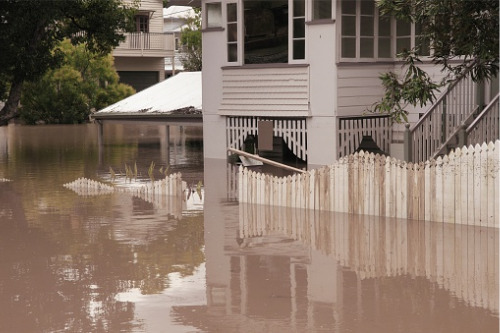

The Canadian property and casualty (P&C) insurance sector remains resilient, despite the wide-ranging impacts of the COVID-19 pandemic, a dramatic uptick in the frequency and severity of natural catastrophe losses, and the sustained low interest rate environment causing depressed investment yields.
Ratings agency AM Best recently gave the Canadian P&C insurance market a ‘stable’ sector outlook, due to its steady improvement in operating performance driven by growth in investment income over the long-term, combined in 2020-21 with a considerable increase in underwriting income.
“The return to underwriting profitability during 2020 was quite dramatic despite the impact of significant nat cat losses occurring during the year,” said Anthony McSwieney, AM Best senior financial analyst, at a Canada Insurance Market Briefing. “This turnaround in underwriting performance followed an underwriting loss during 2018 and near breakeven underwriting results during 2019.
“Net income increased by more than CA$2.1 billion from the prior year in 2019, up to CA$4.7 billion. The improved operating performance drove pre-tax return on revenues of approximately 9.8% and returns on equity of 10.6%, an increase of more than three points over the prior year. These returns surpassed the recent five-year performance averages, marking a return to the profitability measures seen during the 2015 and prior period.
“This profitability has driven surplus growth of approximately 11% during 2020 and reflects the efforts and resilience of the industry despite two consistent challenges - low investment yields combined with the increasing frequency and severity of natural catastrophe losses.”
All AM Best rated entities in Canada (individual P&C insurance carriers) maintained a financial strength rating of B+ or higher through 2020 and thus far in 2021. In fact, 97% of rated entities received either a superior rating of A+ or A++, or an excellent rating of A or A- financial strength.
That success “remains consistent” with prior years, according to McSwieney, and reflects Canadian insurers’ solid risk adjusted capital positions, favourable underwriting and operating earnings, and sound enterprise risk management programs. He also pointed out that there have been no rating actions to date arising out of COVID-19, which he said is “further testament to the strength and stability” of the marketplace.
Stability hasn’t come without its challenges. During 2020, the industry endured the fourth largest volume of catastrophic weather losses since 1983, and yet, the market’s underwriting profitability still increased and both personal and commercial lines loss ratios continued to improve.
“This long-term improving trend reflects the ongoing positive impact of enterprise risk management programs, combined with underwriting enhancements that have been intended to improve results over the long term,” McSwieney explained. “Management has been using changes in rates, limits and deductibles in order to improve results.
“What we’ve seen over the years with the long-term low investment rate climate [is] management having to focus results through improved underwriting operations, rather than being able to remain dependent on investment income. While it’s there, the focus is [on making] an underwriting profit rather than trying to offset underwriting losses with investment income.”
Moving forwards, the Canadian P&C market faces multiple headwinds, most notably the increasing frequency and severity of natural catastrophe losses. While the industry has been grappling with extreme weather for many years, the severity issue is of particular concern for insurers.
“While the spectre of these net cat losses remains a constant threat, many carriers have utilized technology to enhance both underwriting platforms and claims platforms,” McSwieney commented. “As a result, we’ve maintained the stable market outlook on this segment.”
Other challenges include the personal auto line in both Ontario and Alberta, where McSwieney said insurers have struggled to “secure adequate rate” and claims are inflated due to higher jury awards and increased repair costs, among other things. And he also predicts continued investment pressures with investment yields staying lower for longer, forcing carriers to focus their efforts on improving underwriting profitability.
“Despite a hard market environment, market competition remains strong for the best accounts […] We’ve seen continuing top line growth due to the hard market,” he added. “And one of the consistent factors that the Canadian market is known for is favourable prior reserve development patterns, meaning establishing consistent reserves initially, that run off favourably and typically settle for less than actually established at the initial onset.”
